Introduction
In the vast realm of culinary arts, traditional dishes often hold a special place, not just for their taste but also for the stories and techniques that accompany them. One such dish, hailing from various cultures across Asia and Europe, is pork skin jelly, also known as pork skin aspic or simply “pig’s trotters jelly” in some regions. This delicate and gelatinous treat is not only a delightful appetizer but also a testament to the ingenuity of using every part of an animal, a practice deeply rooted in many culinary traditions. This article delves into the art of making pork skin jelly, focusing specifically on the method of using pig’s skin to create this delightful culinary delight.
The History and Significance of Pork Skin Jelly
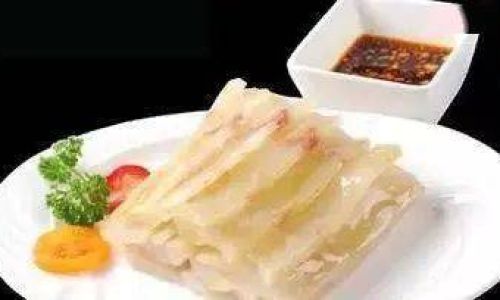
The origin of pork skin jelly can be traced back to ancient times, where it was not only valued for its taste but also for its nutritional benefits. In traditional Chinese cuisine, it is known as “rou pi gelatin” and is often served as a cold dish during festivals or special occasions. Similarly, in European cuisines, particularly French and Eastern European, aspic made from pork skin and bones has been a staple in both high-end gastronomy and home kitchens.
Pork skin, rich in collagen, is transformed through a slow cooking process into a jelly-like substance that is not only palatable but also beneficial for skin health and joint mobility. This transformation is both an art and a science, requiring patience, precision, and a deep understanding of culinary techniques.
Preparing the Ingredients
Before diving into the cooking process, it’s crucial to gather the necessary ingredients and tools. Here’s a list of what you’ll need:
- Pig’s skin: Preferably fresh and cleaned of all hair and fat, although some recipes call for retaining a thin layer of fat for added flavor.
- Water: Enough to cover the pig’s skin by at least two inches.
- Seasonings: This can include ginger, garlic, onions, bay leaves, peppercorns, and salt, all of which contribute to the final flavor profile.
- Vinegar or lemon juice: A small amount helps to neutralize any unwanted smells and tenderize the skin.
- A large pot: For boiling the pig’s skin.
- A strainer and cheesecloth: For separating the liquid from the solids after cooking.
- Shallow containers: For setting the jelly.
Step-by-Step Guide to Making Pork Skin Jelly
Cleaning and Preparing the Pig’s Skin

Begin by thoroughly cleaning the pig’s skin. This involves removing any remaining hair, dirt, and excess fat. A sharp knife and a pair of scissors can be handy tools for this task. Once cleaned, rinse the skin under cold running water and pat it dry.
Blanching the Skin
Place the cleaned pig’s skin in a large pot filled with cold water. Bring the water to a boil and let it simmer for about 5-10 minutes. This step, known as blanching, helps to remove any impurities and tightens the skin, making it easier to handle and刮去多余的油脂. After blanching, drain the skin and rinse it under cold water.
Simmering the Skin
Return the blanched skin to the pot, this time adding fresh water and your chosen seasonings. The ratio of water to skin can vary depending on personal preference, but a good starting point is about 2-3 cups of water per pound of skin. Bring the mixture to a gentle boil, then reduce the heat to a simmer.
Simmering is the key step in extracting the collagen from the skin. This process can take several hours, depending on the quantity and thickness of the skin. It’s important to maintain a low heat to avoid scorching the bottom of the pot and to ensure a clear, flavorful jelly.
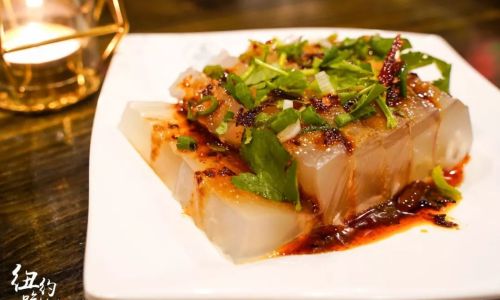
Skimming and Seasoning
As the skin simmers, impurities and fat will rise to the surface, forming a foam. Use a ladle to skim off this foam periodically. This step is crucial for achieving a clear jelly.
After about an hour or two of simmering, taste the broth and adjust the seasoning if necessary. Add more salt, pepper, or herbs as desired. Remember, the flavors will concentrate as the jelly sets, so err on the side of caution with seasoning.
Straining and Cooling
Once the skin has simmered for the required time and the broth has a rich, gelatinous quality, it’s time to strain it. Set up a strainer lined with cheesecloth or a fine-mesh sieve over a large bowl. Carefully pour the hot broth through the strainer, allowing the liquid to drip through while capturing any solid particles.
Discard the solids and let the strained broth cool slightly. At this point, you can add any additional flavors, such as herbs, spices, or even a splash of vinegar or lemon juice, to enhance the jelly’s taste.
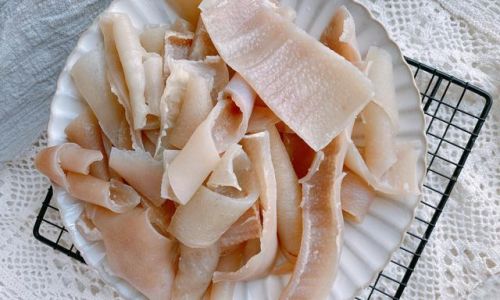
Setting the Jelly
Pour the cooled broth into shallow containers, such as ramekins, molds, or even a baking dish. The shallower the container, the thicker the jelly will be. Allow the jelly to cool to room temperature, then refrigerate it until it is fully set. This can take several hours or overnight.
Serving and Enjoying
Once the jelly is set, it can be unmolded if desired or simply cut into slices or cubes and served chilled. Pork skin jelly is often enjoyed on its own as a light appetizer or accompanied by a dipping sauce. It can also be used as an ingredient in salads, sandwiches, or even as a garnish for soups and stews.
Conclusion
Making pork skin jelly is a labor of love that rewards the cook with a delicious and nutritious treat. It’s a dish that bridges cultural divides, with variations found in kitchens around the world. The process, though time-consuming, is deeply satisfying and offers a glimpse into the art of traditional culinary preservation and innovation.
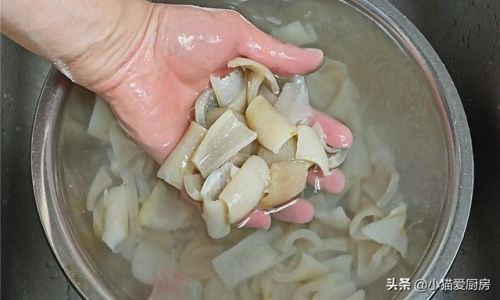
As you embark on your journey to create this culinary delight, remember that patience and attention to detail are key. Experiment with different seasonings and cooking techniques to find the flavor profile that suits your taste. And, above all, enjoy the process of transforming a humble ingredient into something extraordinary.
In the end, pork skin jelly is not just a dish; it’s a testament to the wisdom of using every part of an animal, a celebration of culinary tradition, and a delightful addition to any meal. So, gather your ingredients, roll up your sleeves, and embark on the rewarding adventure of making your own pork skin jelly. Bon appétit!

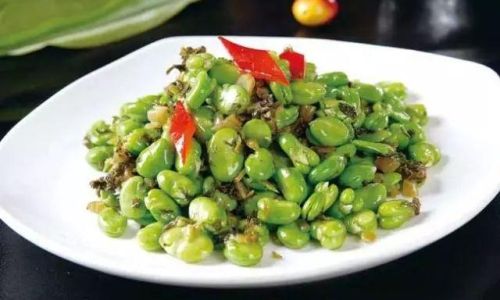
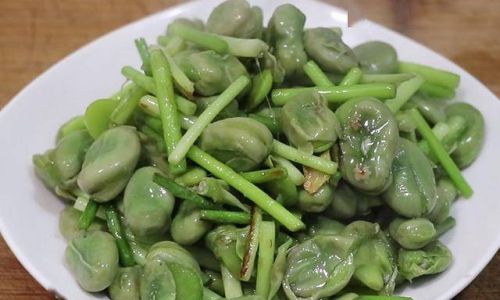

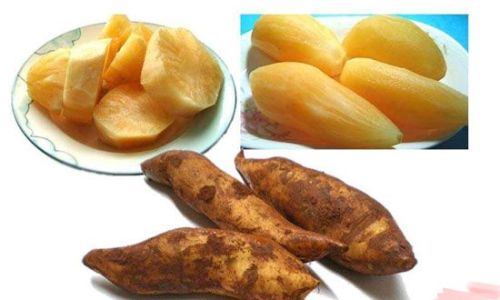
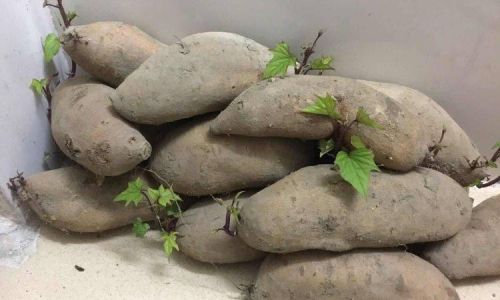
0 comments